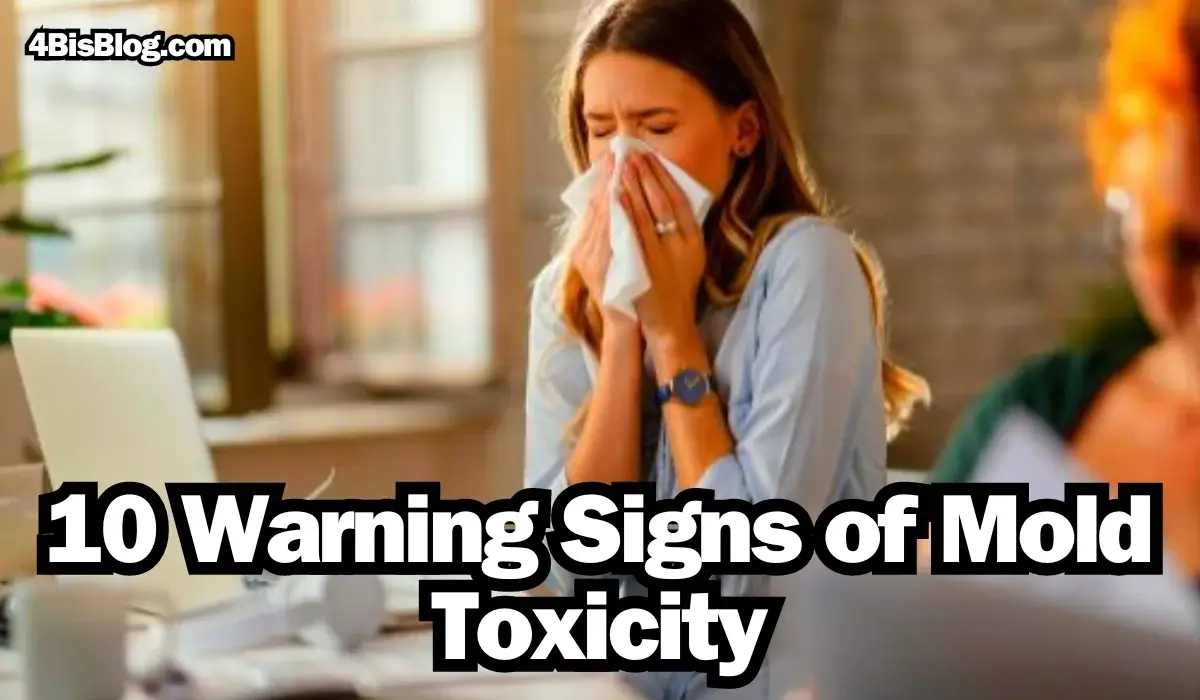Spotting the 10 warning signs of mold toxicity is crucial for maintaining a healthy living environment.
Introduction
Mold toxicity is a hidden menace that can wreak havoc on our health without us even realizing it. In this article, we will delve into the ten warning signs that could signal the presence of mold toxicity in your surroundings. From mysterious health issues to sneaky household mold, we’ll navigate the intricate web of symptoms and unveil the importance of addressing this silent threat.
What is Mold Toxicity?
Before we jump into the warning signs, let’s briefly understand what mold toxicity is. Mold toxicity occurs when exposure to mold spores, commonly found in damp environments, reaches levels that negatively impact our health. Mold produces mycotoxins, harmful substances that can lead to various health problems when inhaled or come into contact with our skin.
The Silent Culprits: Sneaky Mold at Home
1. Musty Odors Lingering Around
The first hint might be a subtle one. If you catch a musty odor that seems to persist despite your best efforts to clean, mold might be the culprit.
2. Unexplained Allergies
Constant sneezing, watery eyes, and an itchy throat could be more than just seasonal allergies. Mold spores can trigger allergic reactions, mimicking common allergy symptoms.
3. Respiratory Distress
Shortness of breath, coughing, or wheezing, especially in places with poor ventilation, could indicate mold-related respiratory issues.
Signs Beyond the Physical
4. Cognitive Fog
Mold toxicity isn’t limited to physical symptoms. It can affect your mental clarity, causing difficulty in concentration and memory lapses.
5. Mood Swings
Surprisingly, mold exposure can impact your mood. If you find yourself experiencing unexplained mood swings, mold toxicity might be an underlying factor.
6. Persistent Fatigue
Feeling tired all the time? Mold toxicity can contribute to chronic fatigue, leaving you drained and sluggish.
Unveiling the Dangers: Health Implications
7. Skin Irritations
Mold toxins can also affect your skin, leading to rashes, redness, or irritation. If your skin acts up without a clear cause, mold might be to blame.
8. Headaches and Dizziness
Frequent headaches or bouts of dizziness can be indicative of mold toxicity. Pay attention if these symptoms occur more often in specific locations.
9. Digestive Issues
Digestive problems like nausea, vomiting, or abdominal pain might be connected to mold exposure. Don’t dismiss them as mere stomach troubles.
Taking Action Against Mold Toxicity
10. Testing and Remediation
If you resonate with these warning signs, it’s time to take action. Professional mold testing and remediation are crucial steps to eliminate the threat and safeguard your health.
Conclusion On 10 Warning Signs of Mold Toxicity
Mold toxicity is a stealthy adversary, but recognizing its warning signs empowers you to protect yourself and your loved ones. Be attentive to your body and your surroundings, and don’t underestimate the impact mold can have on your well-being.
Frequently Asked Questions
Q1: Can I handle mold removal myself?
While some small mold issues can be addressed independently, it’s advisable to consult professionals for comprehensive removal, ensuring thorough cleanup.
Q2: How can I prevent mold growth at home?
Regularly inspect and address water leaks, maintain proper ventilation, and keep indoor humidity levels low to prevent mold from thriving.
Q3: Are all molds toxic?
No, not all molds produce mycotoxins. However, it’s essential to address any mold issue promptly to prevent potential health risks.
Q4: How do I know if mold is present in my home?
Musty odors, visual signs of mold, and the outlined warning signs in this article are indicators that mold might be present.
Q5: Is mold toxicity treatable?
Yes, once mold exposure is identified, addressing the source, professional remediation, and medical treatment, if necessary, can help manage and treat mold-related health issues.
Read More Articles:
https://www.4bisblog.com/how-long-do-shrooms-last/
https://www.4bisblog.com/beginner-elliptical-workout-a-comprehensive-guide-leafabout/

